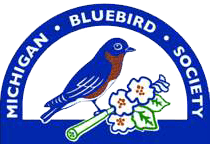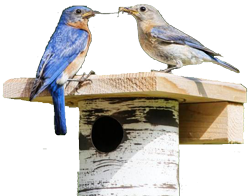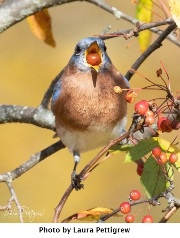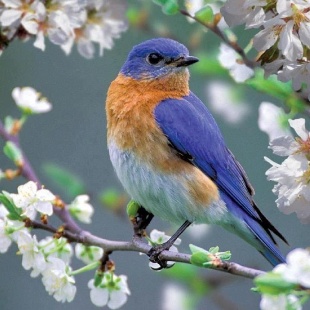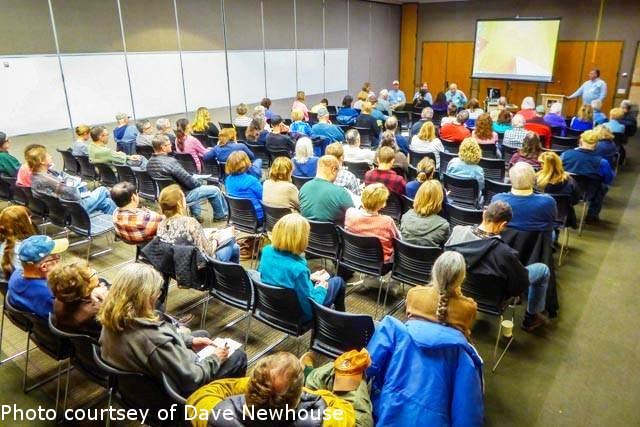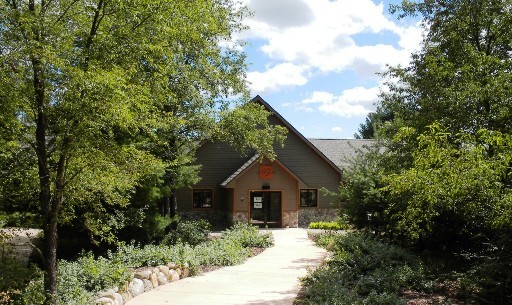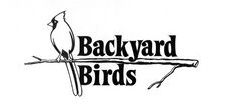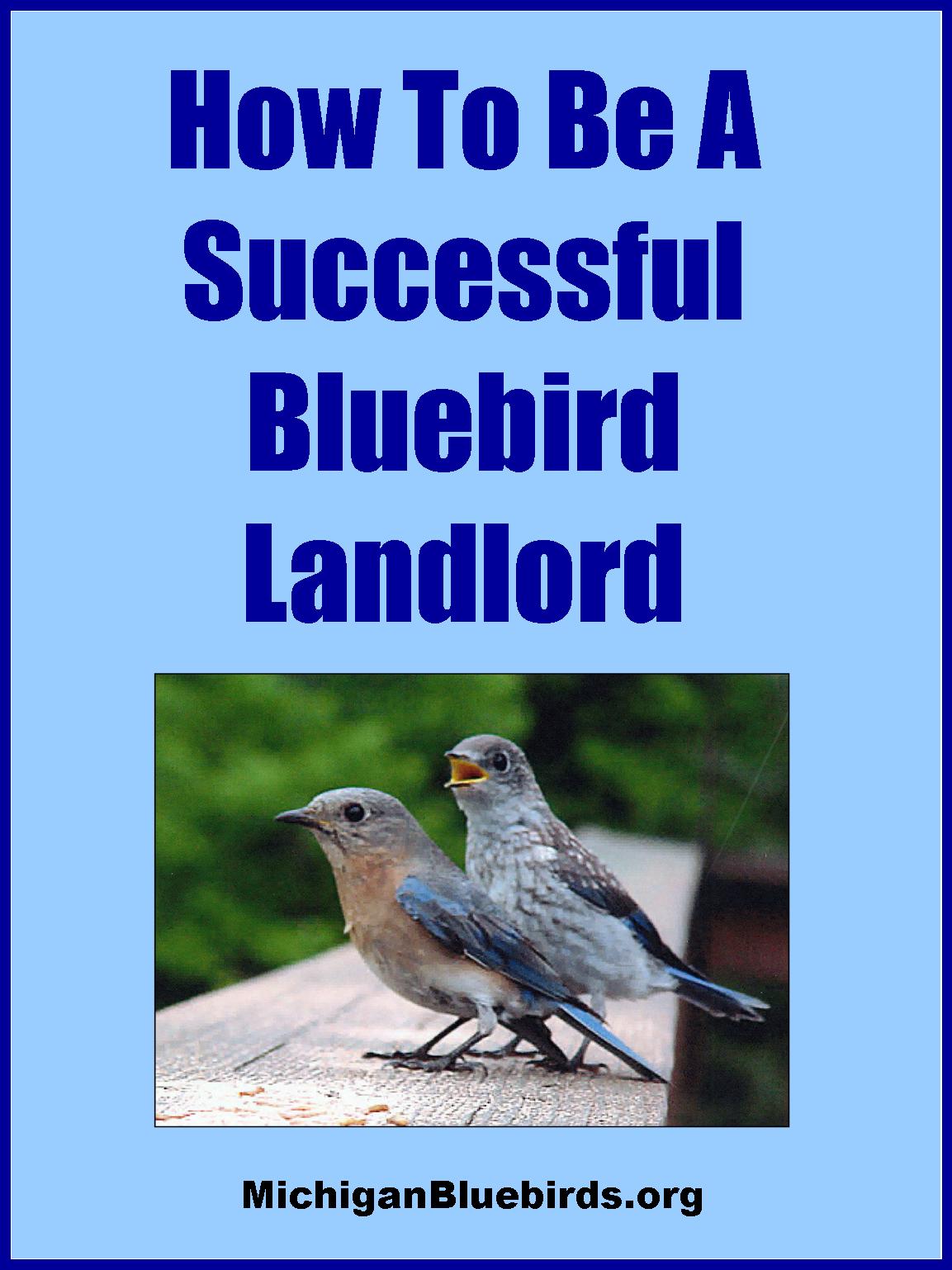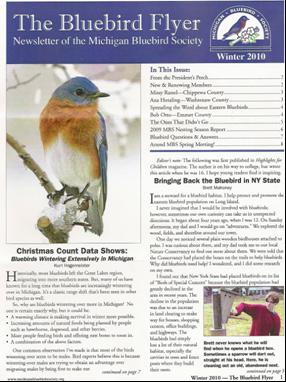Planting For Bluebirds
You can attract bluebirds to your property using a number of different methods. Putting up nesting boxes is the best way, but not the only method. Like all birds, bluebirds need 4 resources: food, water, shelter, and nesting sites. Bluebird boxes take care of the last item, but what about the other three? Well, the best way to attract bluebirds to your yard year-round is by providing everything they are looking for in a well thought-out bluebird landscape. The goal is to provide a habitat for your bluebirds that contains everything they are looking for.
When creating your bluebird habitat, it's important to start with a plan. First look around your yard and assess what you already have. Are your bluebird boxes in open spots with perching spots not far away? What kind of trees and shrubs do you already have? Are there any plants that do not provide any value to wildlife which can be removed? Where are your bird feeders and do you want to keep them in the same place? Where are the sunny and sheltered areas of the yard? After doing this, you can then create a plan on where to put new trees and shrubs that bluebirds will love. Finally, don't think you have to do this all in one year either. You can do a little each year.
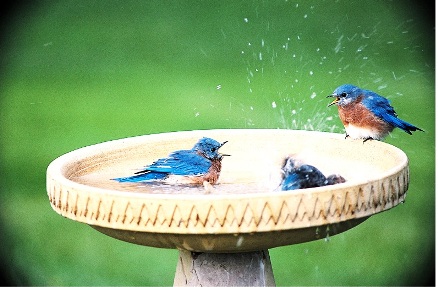 After setting up nest boxes, a bird bath is a great next step. Bluebirds love water and will drink and bathe in a bird bath year-round. A shallow bath, on the ground or on a pedestal works. Keep the water depth no more than one and a half inches. And, all baths need to be kept away from low ground cover where cats can lurk. You can also create bird ponds thatare natural-looking mini-ponds built into the ground. Adding a waterfall or dripper creates the sound of moving water and will attract even more bluebirds.
After setting up nest boxes, a bird bath is a great next step. Bluebirds love water and will drink and bathe in a bird bath year-round. A shallow bath, on the ground or on a pedestal works. Keep the water depth no more than one and a half inches. And, all baths need to be kept away from low ground cover where cats can lurk. You can also create bird ponds thatare natural-looking mini-ponds built into the ground. Adding a waterfall or dripper creates the sound of moving water and will attract even more bluebirds.
Once you install a bird bath and the birds find it, consider putting out a heated bird bath for the winter. Bluebirds are increasingly spending the winters in southern Michigan and will 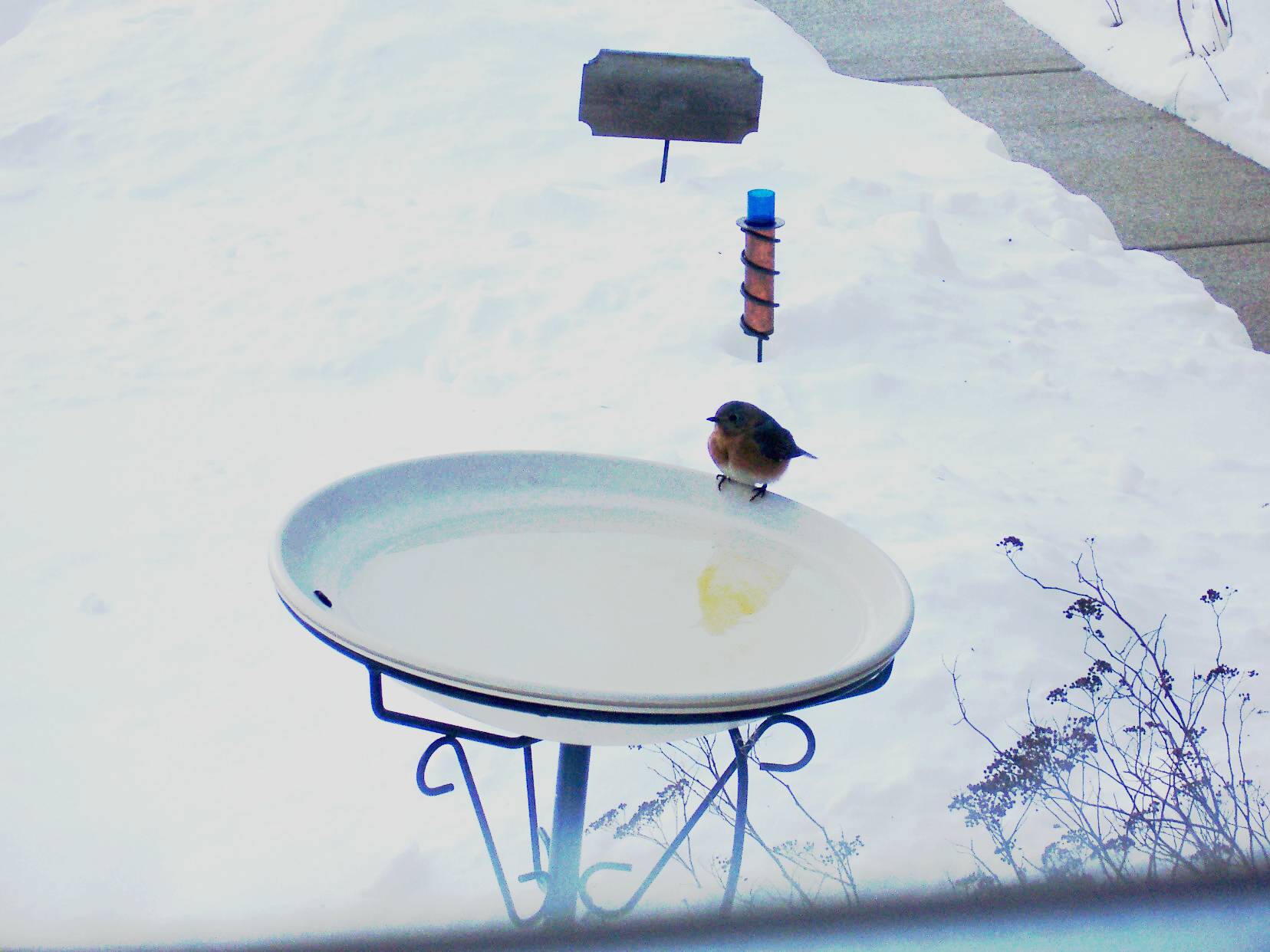 come to water sources every day. These bird baths will keep the water ice-free during cold winter months. All you need to do is plug it into a grounded electrical outlet with an outdoor extension cord. Another option is a bird bath heater, which sits in the bottom of the bird bath and heats the water. Be sure to keep the bird bath clean – even in the winter.
come to water sources every day. These bird baths will keep the water ice-free during cold winter months. All you need to do is plug it into a grounded electrical outlet with an outdoor extension cord. Another option is a bird bath heater, which sits in the bottom of the bird bath and heats the water. Be sure to keep the bird bath clean – even in the winter.
Next bluebirds need food. You can put out food for bluebirds. Their favorite choice is live meal worms. During cold weather, bluebirds will sometimes accept other foods like corn meal, suet, and sunflower hearts. (see our Feeding Bluebirds page for more information) But, one of the best sources of food is natural berries on shrubs and trees. Bluebirds especially rely on these foods in the fall, winter, and early spring. With more bluebirds overwintering in Michigan it is even more important that we help them by turning our yards into bluebird havens..
Planting shrubs and bushes does more than provide food. They also provide shelter for bluebirds from harsh winds and cold temperatures. Dense hedges and conifer trees are the best choices to provide cover. Also, trees and bushes provide valuable protection from predators such as Cooper's and Sharp-shinned hawks.Here are few more tips on landscaping your yard for bluebirds. First, bluebirds like a lot of short grass areas. They find their insect prey by sight in open areas. So, make sure you don't over-do it with ground covers and low-lying shrubs. Second, bluebirds like perching spots not far from their nest box. They use these as vantage points to look for insects. So, leave out dead snags sometimes if bluebirds can utilize them. Also, putting small posts (like tomato stakes) with cross bars at the top around the yard will help provide perch spots. You will also see them on shepherd's hooks and electrical wires..
NOTE: It is the position of the Michigan Bluebird Society that it is best to plant native, non-invasive species of plants whenever possible. Further, MBS recommends that interested gardeners take steps to eradicate non-native species of plants from their yard when possible. In the long run, this will result in a healthier ecosystem for your bluebirds and other wildlife..
You may already have trees, shrubs or flowers in your landscape which are not native to your area. Example: Burning Bush and White Mulberry are not native to Michigan but produce berries bluebirds (and other birds) will eat. We are not telling you to remove them, however, when looking to plant new trees or shrubs, it is best to add trees and shrubs native to your area. You may also see that birds will eat native poison ivy berries in the wild, but no one plants that!
MBS has members all across Michigan as well as in other states, so it is impossible for us to list suggested native plants here for everyone. What is native in your area can differ from what is native in someone else’s area. Many cities, counties and townships offer lists of native plants for their areas. Your local USDA office is also a source of information. Or feel free to contact your MBS County Coordinator (see our Contact Us page for more information). .
To get you started below are some links to explore plants native to Michigan and other states.
https://www.nwf.org/nativeplantfinder/
https://www.audubon.org/native-plants
